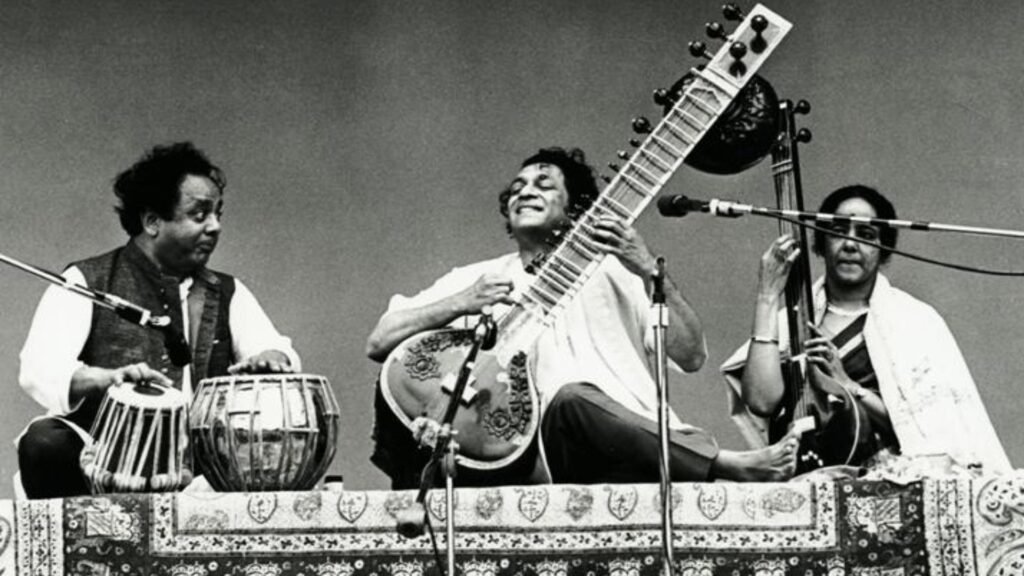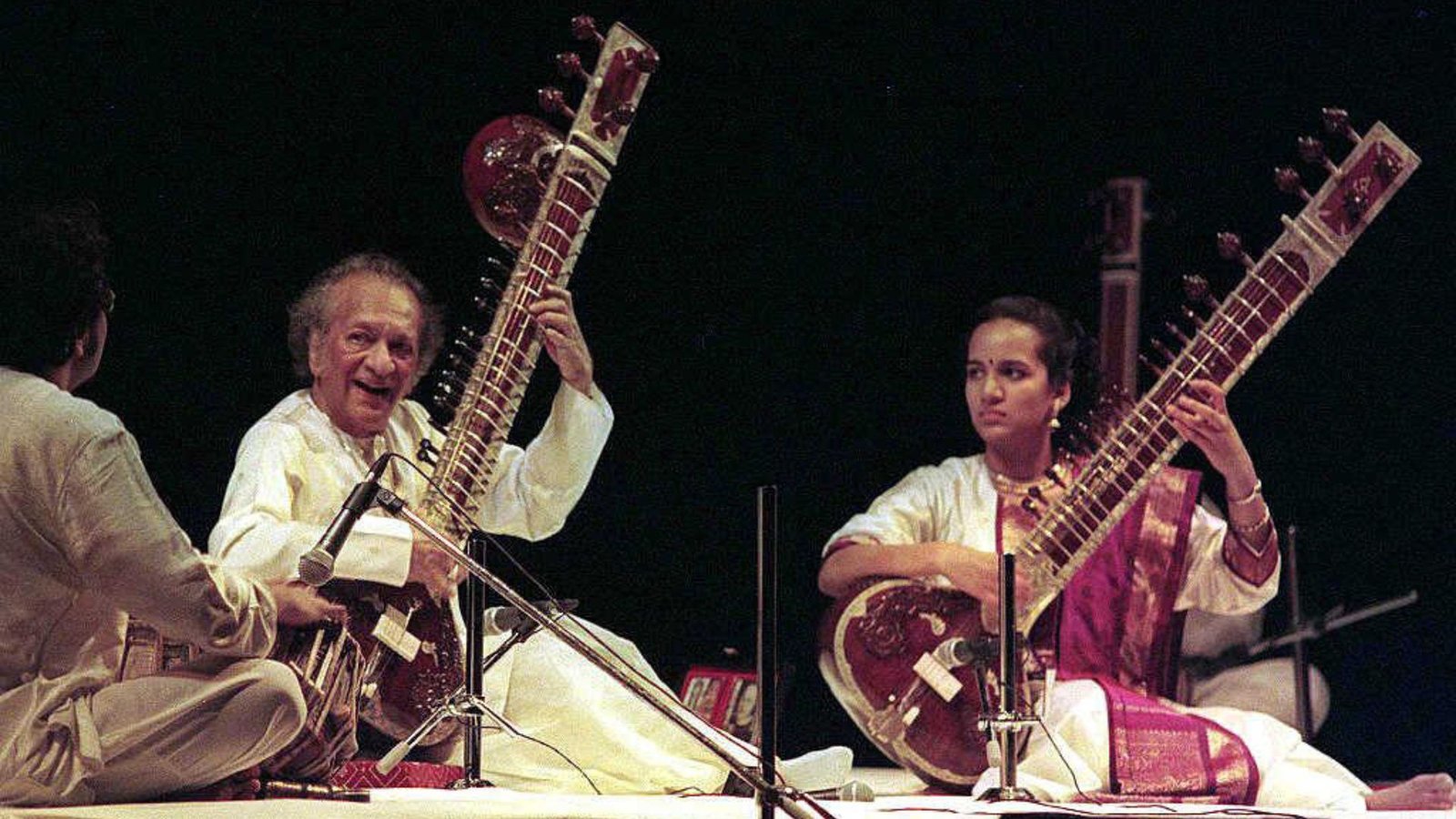Indian Classical Music is a rich and intricate tradition with a long history. If you’re looking to appreciate and understand Indian Classical Music better, here are some helpful tips. These tips will guide you through the key elements of this beautiful art form.
**1. Learn the Basics of Raga and Tala
To understand Indian Classical Music, it’s essential to start with the basics. Indian Classical Music is built around two main concepts: Raga and Tala. Raga refers to the melodic framework, while Tala is the rhythmic cycle. Learning about these fundamental elements will help you grasp how compositions are structured and performed.

**2. Listen to Different Ragas
Indian Classical Music features a wide variety of ragas, each with its unique mood and time of day. Listening to different ragas will give you a sense of their diversity and emotional depth. Pay attention to how each raga conveys different feelings and atmospheres.
**3. Familiarize Yourself with Indian Instruments
Indian Classical Music includes a range of traditional instruments like the sitar, tabla, and veena. Getting to know these instruments and their roles in music can enhance your understanding. Each instrument has its distinct sound and contributes differently to the music.
**4. Watch Live Performances
Attending live performances of Indian Classical Music can be an enlightening experience. Watching skilled musicians perform allows you to see how the theoretical aspects of Raga and Tala come to life. Live performances also offer a chance to experience the nuances of the music in a vibrant, real-time setting.
**5. Learn About the History
Understanding the history of Indian Classical Music provides context to its development and variations. Researching the origins of different styles and notable composers can deepen your appreciation. Historical knowledge will also help you recognize the evolution and significance of various musical forms.
**6. Study the lyrics
Many pieces of Indian Classical Music are accompanied by lyrics in languages like Hindi, Sanskrit, or Tamil. Studying these lyrics can offer insights into the themes and stories behind the music. Understanding the lyrical content enhances your overall experience and connection with the music.
**7. Practice Active Listening
Active listening involves paying close attention to the details in music. Focus on the nuances of the melody, rhythm, and dynamics. By actively listening, you can appreciate the complexity and artistry of Indian Classical Music more fully.
**8. Learn the Vocal Techniques
Indian Classical Music features unique vocal techniques that are crucial to its performance. Techniques like Alap (improvisation), Jor (rhythmic development), and Jhala (fast-paced ending) are central to vocal performances. Learning about these techniques can help you understand how vocalists create intricate and expressive music.
**9. Explore Different Gharanas
Gharanas are musical schools or traditions within Indian Classical Music. Each gharana has its distinct style and approach to music. Exploring different gharanas can give you a broader perspective on the various interpretations and practices within Indian Classical Music.
**10. Join a Music Class
Taking a music class with a knowledgeable instructor can significantly enhance your understanding. A teacher can guide Raga, Tala, and other technical aspects. Practical experience under the supervision of an expert can greatly improve your grasp of Indian Classical Music.
**11. Use Educational Resources
Many resources, such as books, online courses, and documentaries, are available to help you learn about Indian Classical Music. Utilizing these resources can provide you with a structured approach to understanding the music. Educational materials often include explanations, examples, and analyses that can be very helpful.
**12. Engage with Music Communities
Joining music communities or forums can connect you with others who share your interests. Engaging in discussions and attending workshops can provide valuable insights and recommendations. Being part of a community helps you stay motivated and informed about Indian Classical Music.
**13. Listen to Renowned Artists
Listening to recordings by renowned Indian Classical musicians can be inspiring. Artists like Ravi Shankar, Zakir Hussain, and Lata Mangeshkar have made significant contributions to the genre. Their recordings offer excellent examples of masterful performances and can guide your listening experience.
**14. Appreciate the Improvisation
Improvisation is a key element of Indian Classical Music. Musicians often improvise within the framework of Raga and Tala, creating spontaneous and unique performances. Appreciating this aspect of the music will help you understand the creativity and skill involved in Indian Classical Music.
**15. Be Patient and Persistent
Understanding Indian Classical Music can take time and patience. Don’t be discouraged if you find it complex at first. Consistent listening, practice, and study will gradually deepen your appreciation and knowledge of this rich musical tradition.
Conclusion
Indian Classical Music is a deeply expressive and sophisticated art form. By following these tips, you can enhance your understanding and appreciation of this remarkable tradition. Whether you’re learning about Raga and Tala, listening to different instruments, or attending live performances, each step will bring you closer to experiencing the beauty of Indian Classical Music.

